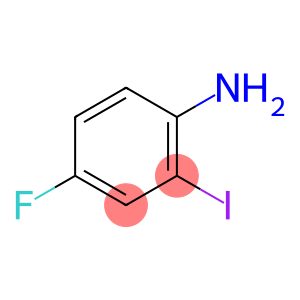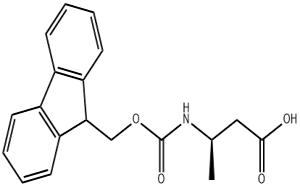3-Fluorophenylacetonitrile(CAS# 501-00-8)
| Risk Codes | R20/21/22 – Harmful by inhalation, in contact with skin and if swallowed. R36/37/38 – Irritating to eyes, respiratory system and skin. |
| Safety Description | S26 – In case of contact with eyes, rinse immediately with plenty of water and seek medical advice. S37/39 – Wear suitable gloves and eye/face protection S24/25 – Avoid contact with skin and eyes. S36 – Wear suitable protective clothing. |
| UN IDs | 3276 |
| WGK Germany | 3 |
| TSCA | T |
| HS Code | 29269090 |
| Hazard Note | Toxic |
| Hazard Class | 6.1 |
| Packing Group | III |
Introduction
3-Fluorophenylacetonitrile is an organic compound. The following is an introduction to some of the properties, uses, preparation methods and safety information of 3-fluorophenylacetonitrile:
Quality:
- Appearance: Colorless or light yellow liquid.
- Solubility: Slightly soluble in water, soluble in most organic solvents.
- Main hazard: irritating and corrosive.
Use:
- It can also be used to prepare dyes, electronic materials and polymer materials.
Method:
- 3-Fluorophenylacetonitrile can be obtained by reacting phenylacetonitrile with hydrogen fluoride.
- This reaction is generally carried out in the presence of hydrofluoric acid, which heats the reaction mixture to produce 3-fluorophenylacetonitrile.
Safety Information:
- 3-Fluorophenylacetonitrile is an intermediate in organic synthesis, and attention should be paid to the safe operation procedures of the laboratory and appropriate protective measures.
- It is irritating and corrosive and should be avoided when it comes into contact with the skin, eyes, or respiratory tract.
- When storing and handling, the container should be sealed and kept away from ignition and oxidants.








